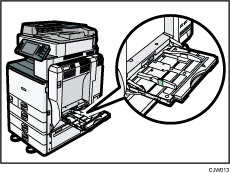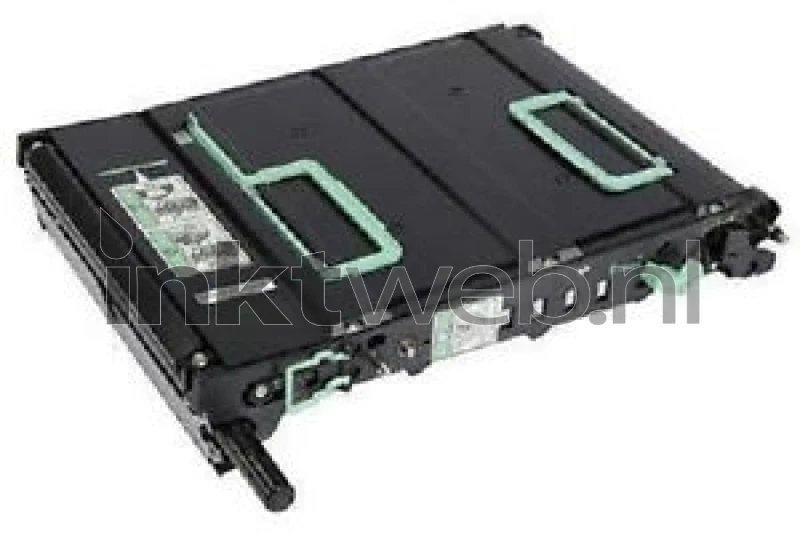


If you'll be printing in moderate volumes we'd still recommend an inkjet, but for occasional use, this is a cheap printer that's well specified and produces great results - it's an excellent investment. However, while this printer's page costs do work out at a steep 12.6p for a page of mixed text and graphics, that's only about 35% higher than some inkjet MFPs at this price.

This is usually the part of a laser printer review where we point out the high running costs, and say you'd be better off with an inkjet. While there isn't much clattering from the paper transport mechanism, those fans are loud, and occasionally while they were running I heard a sudden, short-lived buzz, as though an unfortunate insect had just been sucked into the blades. Text quality was exemplary, as you might expect from a laser.ĭespite vents which could spare you from an unwelcome draft, this is quite a loud printer - particularly so given its modest speed. Those with sharper eyes might detect some half-toning patterns among subtly different colours, though, and on thin paper stock I could see some bleed through in duplexed pages. Graphics and photos alike had neutral colours, and the toner gave an even, satin finish. Duplex printing 10 sides of colour graphics onto five pages took the best part of three minutes, but repeating this with the less complex pages took just 70 seconds. Timed over just the last 10 pages, which represent printing off typical web pages, it reached 10.5ppm - much faster than a similarly priced inkjet would manage. In common with most printers, it was far slower to deal with the complex graphics contained in our 24-page colour test - the whole test completed at 5.8ppm. It produced a first page of black text in 23 seconds, and went on to deliver 25 pages at a rate of 16.0ppm. In use, the SP C250dn was some way off Ricoh's claimed 20-pages-per-minute (ppm) speed. There are no orientation markings in the main paper tray, which is a pain if you want to print on the flipside of a previous single-sided job. While the display is backlit, it's a basic two-line LCD. There are some nice touches, too, as the vents over its two cooling fans can be rotated to blow hot air to the front or back. Despite the bulk, it's a pleasant enough design, with a couple of white panels seemingly wrapped around a black plastic core. The SP C250dn isn't the smallest colour laser, and at about 29kg, it's good to have a friend help you unpack it. Envelopes must be loaded in a specific orientation. You can load envelopes into the bypass tray. See, Loading Orientation-Fixed Paper or Two-Sided Paper. Letterhead paper must be loaded in a specific orientation. When loading thick paper, thin paper, or OHP transparencies, specify the paper size and the paper type. If the machine stops detecting paper sizes while copying or printing, remove the paper and reload it. For details about, see "System Settings", Connecting the Machine/ System Settings. When the is turned off, it does not sound if you insert paper into the bypass tray. Pull the extender out when loading sheets larger than A4, 8 1/ 2 × 11 in the bypass tray. If this happens, remove the paper and place it on the bypass tray again. Ĭertain types of paper might not be detected properly when placed on the bypass tray. When printing from a computer, see Settings to Use the Bypass Tray under the Printer Function. When copying from the bypass tray, see "Copying from the Bypass Tray", Copy/ Document Server. When you use the bypass tray, it is recommended to set the paper direction to.


 0 kommentar(er)
0 kommentar(er)
